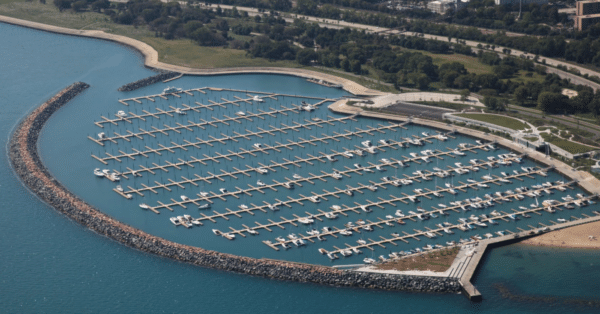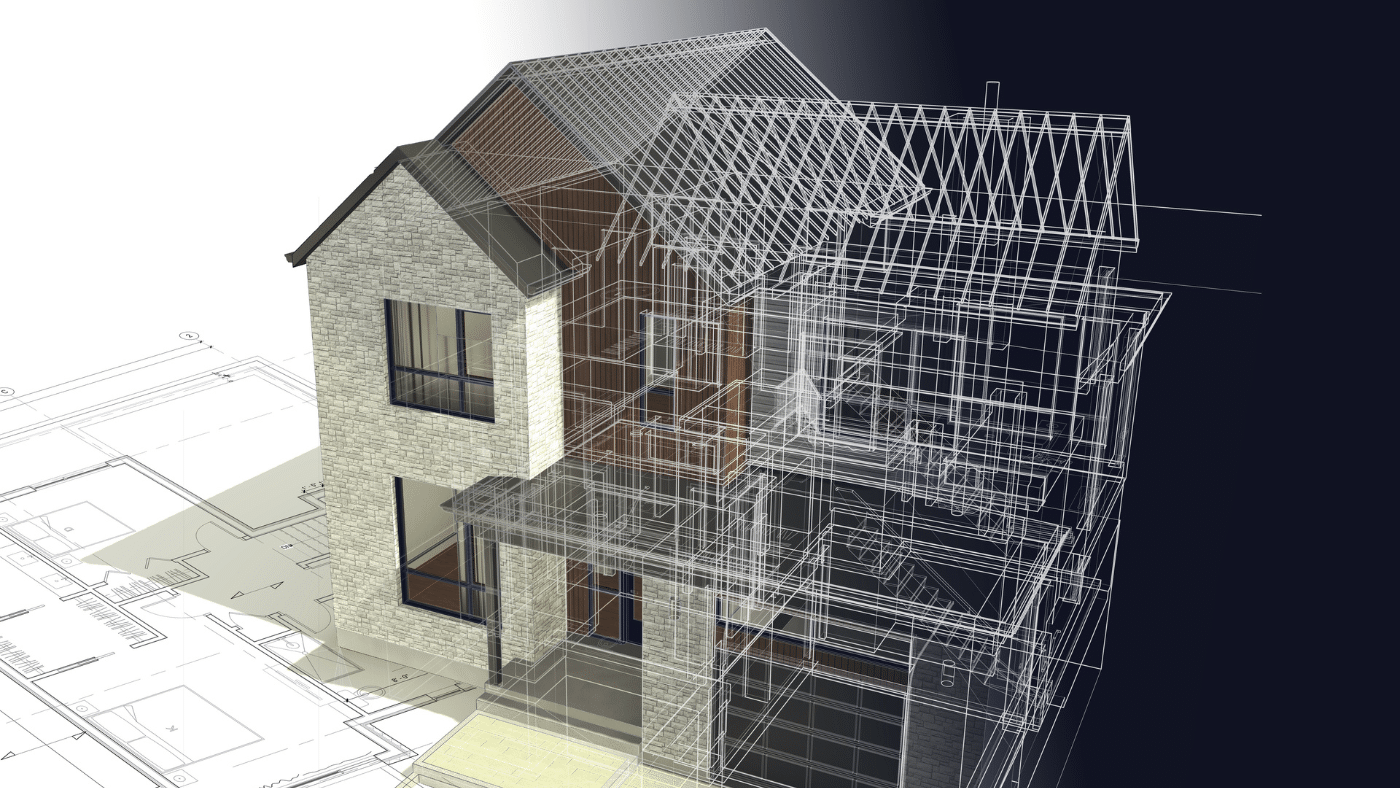Challenges in Detailed Fire Sprinkler System Design
The detailed design of fire sprinkler systems presents numerous challenges requiring a highly specialized skillset and intricate experience with the industry. Detailed design in this context refers to the preparation of shop drawings that can be used for fabrication and installation of a fire sprinkler system by a contractor. There are multiple facets which the designer must have a firm understanding of. This requires comprehensive knowledge of the following:
- Design and installation requirements in NFPA standards.
- A practical understanding of how piping is fabricated and installed by field personnel.
- Efficiency using sprinkler design software to complete drawings, calculations, and fabrication reports.
- Preparation of drawings that contain all details, views, pipe tags, cut lengths, elevations, hydraulic node tags, fabrication tags, and all other information necessary to comply with the applicable design standards. In addition, the drawings, must be neat, legible, and displayed in such a way that allows the contractor’s field personnel to fully understand how the system needs to be installed.
The Role of Building Information Modeling (BIM) in Fire Sprinkler System Design
Designers must also balance this skillset while staying tech savvy and aware of the latest advancements in design software and methods. One of these advancements is the adoption of Building Information Modeling (BIM) in the construction industry that has been steadily increasing over the years. BIM has transformed the way construction projects are planned, designed, and executed, offering a wide range of benefits to stakeholders involved in the construction process. For contractors, building owners, and other stakeholders a BIM coordinated sprinkler system design lends the following benefits and advantages:
- Accurate 3D Visualization: BIM provides a detailed 3D model of the fire sprinkler system within the building, offering a clear visual representation of the system’s layout, pipe routing, and sprinkler head locations. This helps stakeholders better understand the design intent and make informed decisions during the design process.
- Coordination with Other Disciplines: BIM allows seamless coordination with other building systems, such as structural, mechanical, and electrical systems. Clash detection features in BIM software identify and resolve conflicts between fire sprinkler components and other building elements, reducing design conflicts and construction issues.
- Enhanced Collaboration: BIM fosters collaboration among various project stakeholders, including architects, fire protection engineers, contractors, and facility managers. All team members can work on a shared digital model, improving communication and reducing the chances of miscommunication.
- Automated Hydraulic Calculations: BIM software can perform hydraulic calculations to determine pipe sizing, flow rates, and pressure requirements for the fire sprinkler system. This ensures accurate and optimized system design for effective fire suppression.
- Data-Rich Components: BIM models include data attributes for each fire sprinkler component, such as model numbers, specifications, and manufacturer details. This data facilitates equipment procurement and ensures that the specified components meet safety and performance requirements.
- Improved Cost Estimation: BIM enables automatic quantity takeoffs of fire sprinkler components, streamlining the estimation of material quantities and costs. Accurate cost estimation supports better budgeting and cost control during the project.
- Prefabrication and Construction Planning: BIM models allow for prefabrication of fire sprinkler components off-site. Accurate measurements and spatial information from the BIM model facilitate precise planning and on-site installation, reducing construction time and waste.
- Regulatory Compliance: BIM ensures compliance with fire safety codes and regulations. The BIM model can be easily reviewed and validated against applicable standards to ensure that the fire sprinkler system meets the required safety standards.
- Government Mandates: Many governments worldwide have mandated or encouraged the use of BIM in public projects, driving its adoption in the construction sector.
- Facility Management Integration: The BIM model serves as a valuable asset for facility managers during the building’s lifecycle. The model contains data for ongoing maintenance and management of the fire sprinkler system, supporting facility operations.
BIM Adoption: Factors, Trends, and Industry Implications
It’s important to note that the adoption of BIM varies among regions, sectors, and project sizes. While larger and more complex projects tend to adopt BIM more readily, smaller projects are also gradually embracing this technology. Additionally, the pace of BIM adoption depends on factors like awareness, training, and willingness to adapt to new technologies within construction firms and the industry as a whole.
Given the continuous development and evolution of BIM technology, it is expected that its adoption will continue to grow, and more construction projects will harness the benefits of BIM to improve efficiency, collaboration, and project outcomes. It is highly recommended that contractors, building owners, and other relevant stakeholders embrace this paradigm shift before the wave of adoption leaves them behind and take action to seek resources that are capable of successfully navigating this next evolution of design.
The adoption of BIM and the increasing demand for interoperability between stakeholders, general contractors, sub-contractors, and engineers presents a fundamental change for fire protection designers. Before the advent of BIM, the fire protection industry had adopted the use of two-dimensional (2-D) CAD-based design predominately using AutoCAD. This allowed software developers to introduce tools and applications to perform industry specific needs such as the ability to perform hydraulic calculations and generate fabrication reports. The critical issue is that this design method does not produce intelligent objects allowing interoperability between various stakeholders in the construction industry that BIM driven design requires. In the AEC industry the standard platform for BIM implementation is through Revit. Revit is conceptually different from AutoCAD in almost every way imaginable. There is essentially limited crossover for an experienced AutoCAD user to jump into Revit and find immediate familiarity or productivity. The program operation, toolbars, functionality, modeling, and user interface are all different. In essence, the fire protection designer will remain isolated and disconnected from other trades disciplines who are migrating to a BIM driven design methodology primarily through Revit.
Even when not mandated, the benefits of opting for a BIM compatible three-dimensional model are numerous. The record model can be stored digitally in support of the system’s life cycle. Two-dimensional paper copies of as-built drawings inevitably get lost or become illegible with age. Critical information of these systems is difficult to decipher and often impossible to gather without proper upkeep and storage of all required design documents. Losing documentation on a sprinkler system is a costly mistake, which can lead to engineering evaluations, surveys, and detailed analysis to essentially redesign the system. However, a digital three-dimensional BIM compatible model allows most of this information to be pulled directly from the model, and it can be updated should modifications be made to the system in the future.
Bridging the Gap: Integrated Engineering and Fabrication Design
Another issue facing the industry, is that traditionally engineering and fabrication level design have remained disjointed. Engineering firms tend to develop drawings and specifications with high level criteria and place the responsibility on the building owner and installation contractor to fill in the gaps and produce a constructible design. This frequently leads to costly mistakes, delays in scheduling, change orders, and frustrations during the bidding and construction process.
With the changing landscape of design, limited pool of competent designers, and adoption of BIM there are limited resources available in the construction industry that can competently address all phases of a fire protection engineering design through construction. An independent consulting firm with BIM designer’s and fire protection engineers offers an ideal solution to contractors, building owners, and all stakeholders in the construction industry. This is especially true for firms who have in depth experience working with contractors or directly with a contracting background. It allows these stakeholders to delegate 100% of the design from concept to construction, which removes the budget and schedule constraints from the party responsible for installation. In addition, it allows these respective parties to obtain comprehensive services from a firm who not only specialize in design and BIM but also offers a full range of expertise and services for any fire protection related need.
In summary, using BIM for fire sprinkler design improves collaboration, coordination, and accuracy throughout the design and construction process. It enhances fire safety performance, reduces risks, and contributes to the overall success of the project by optimizing the fire sprinkler system’s design and installation. Additionally, Fire Protection Engineering firms with designers who are efficient with fabrication level design in Revit and other BIM compatible software platforms are a valuable asset for contractors, building owners, and all other stakeholders.
Learn more about VERTEX’s Fire Protection and Engineering services by exploring our service page, or by contacting one of our Experts, or submit an inquiry to contact us today.








